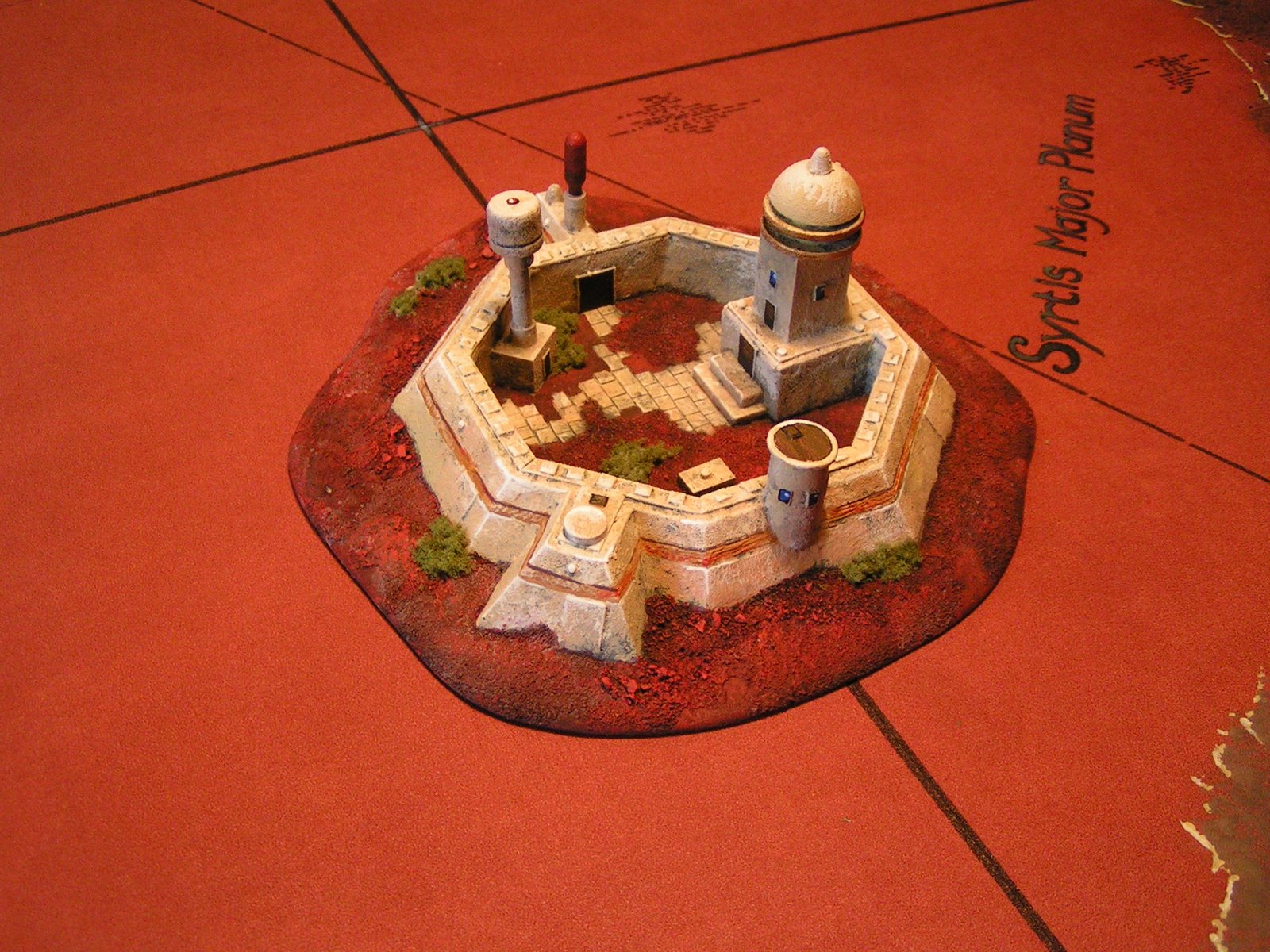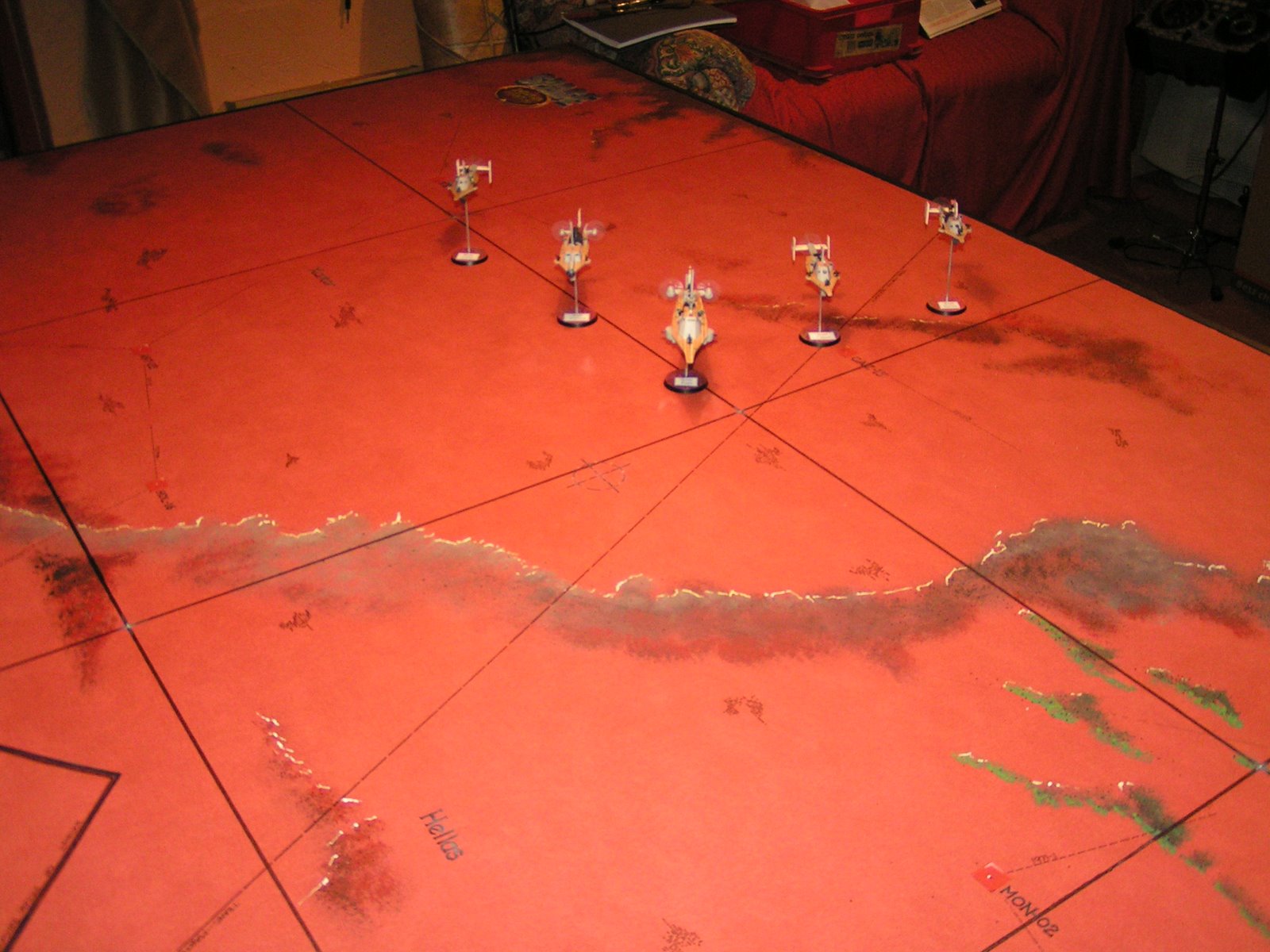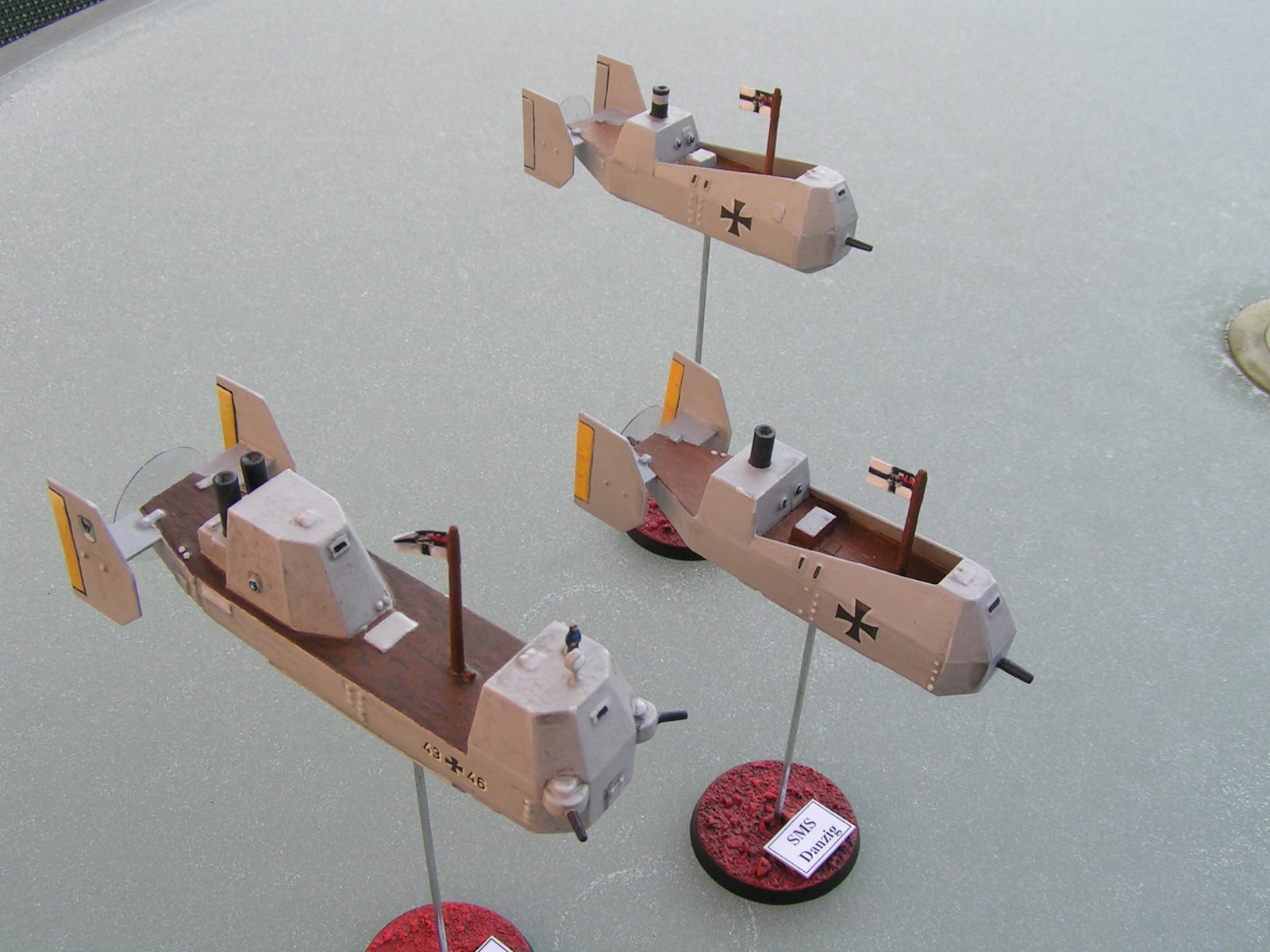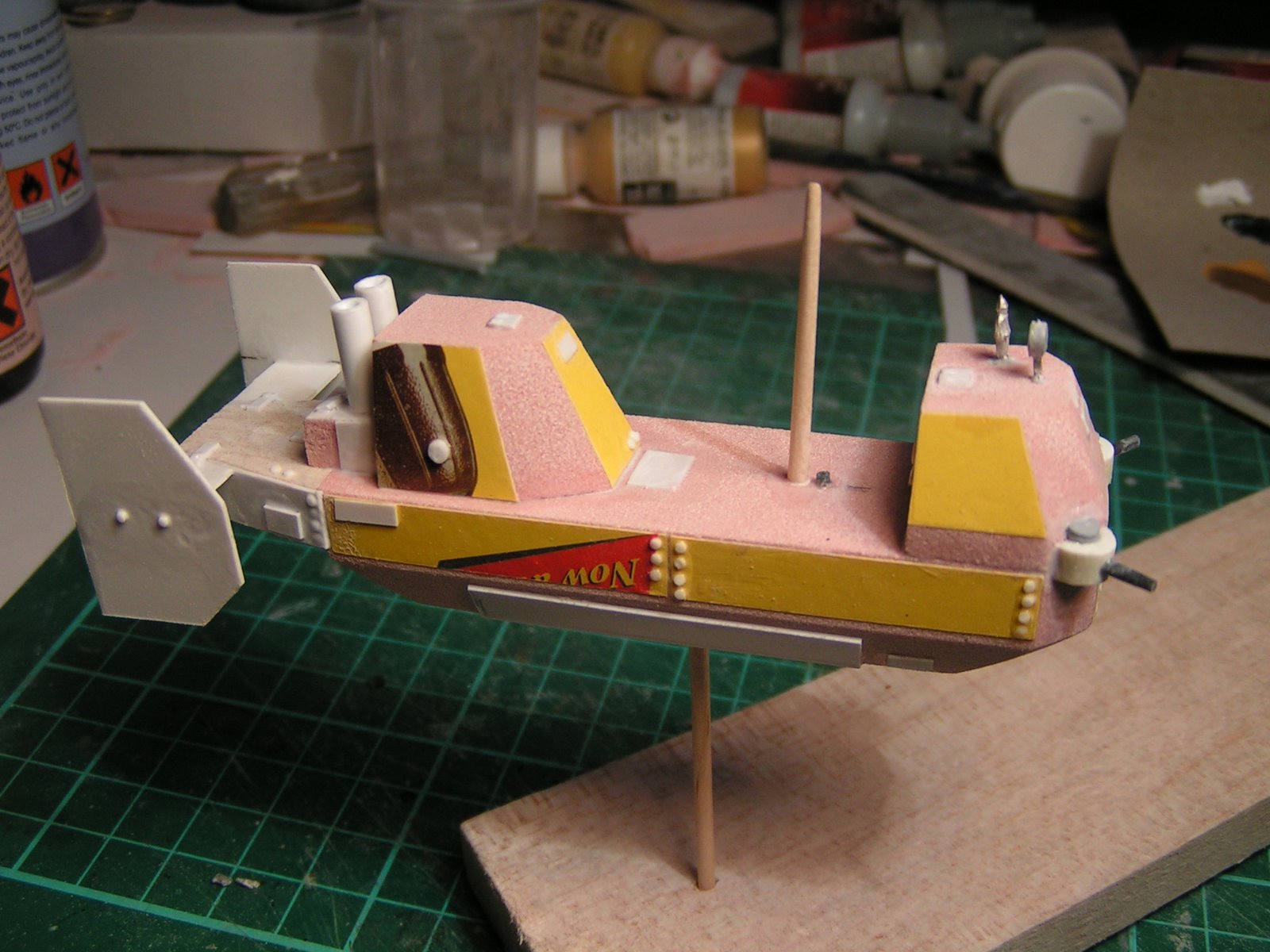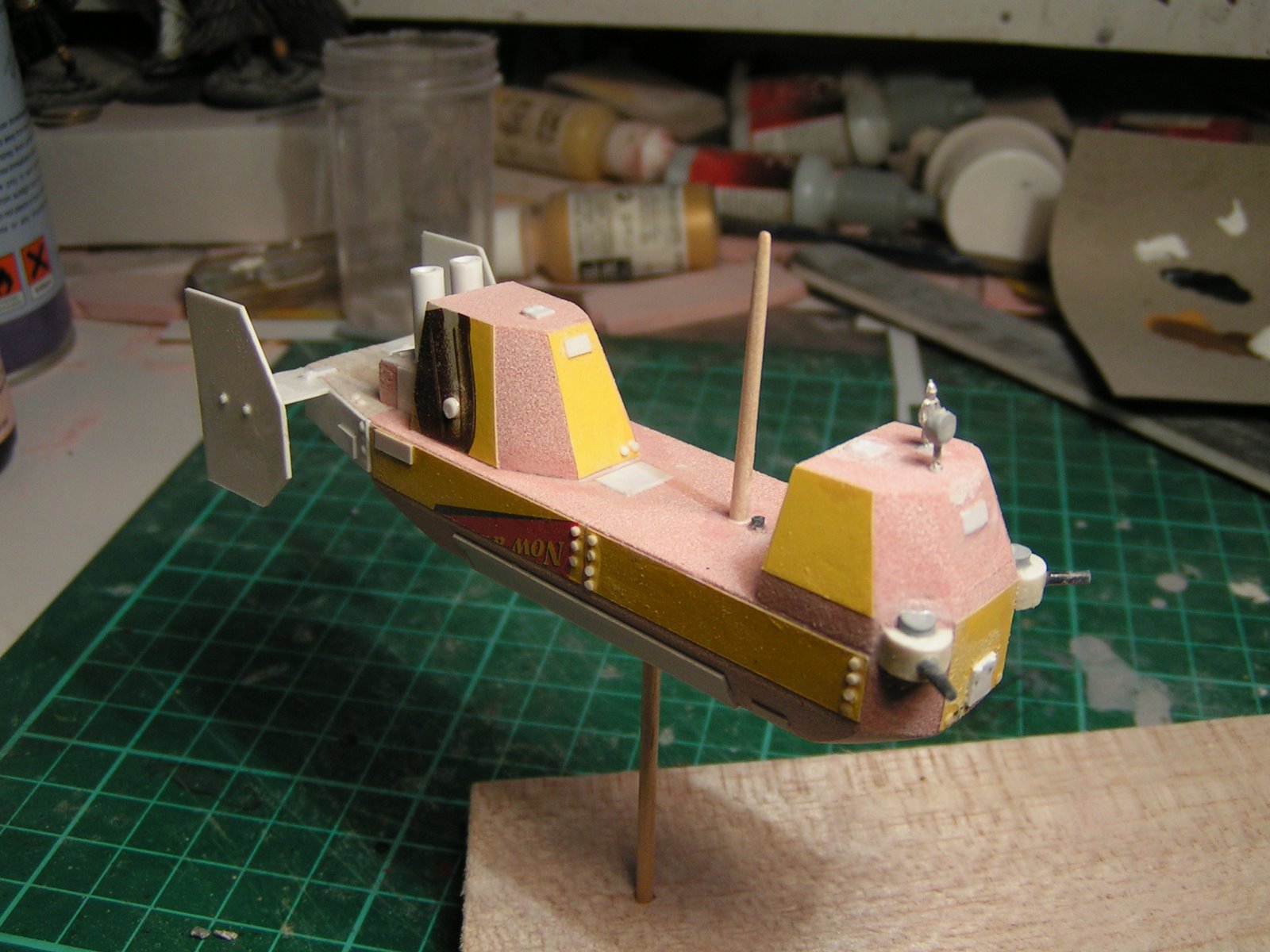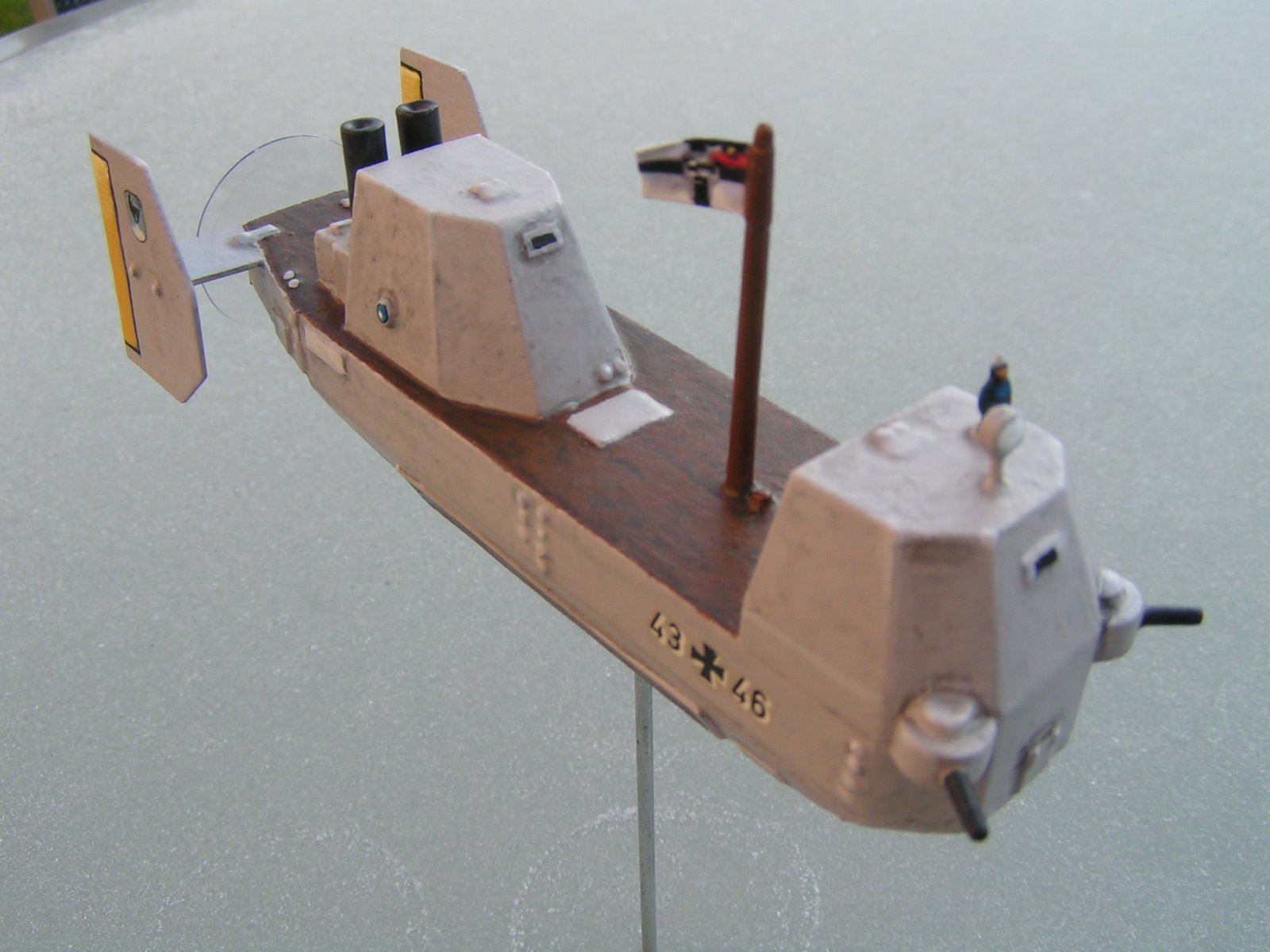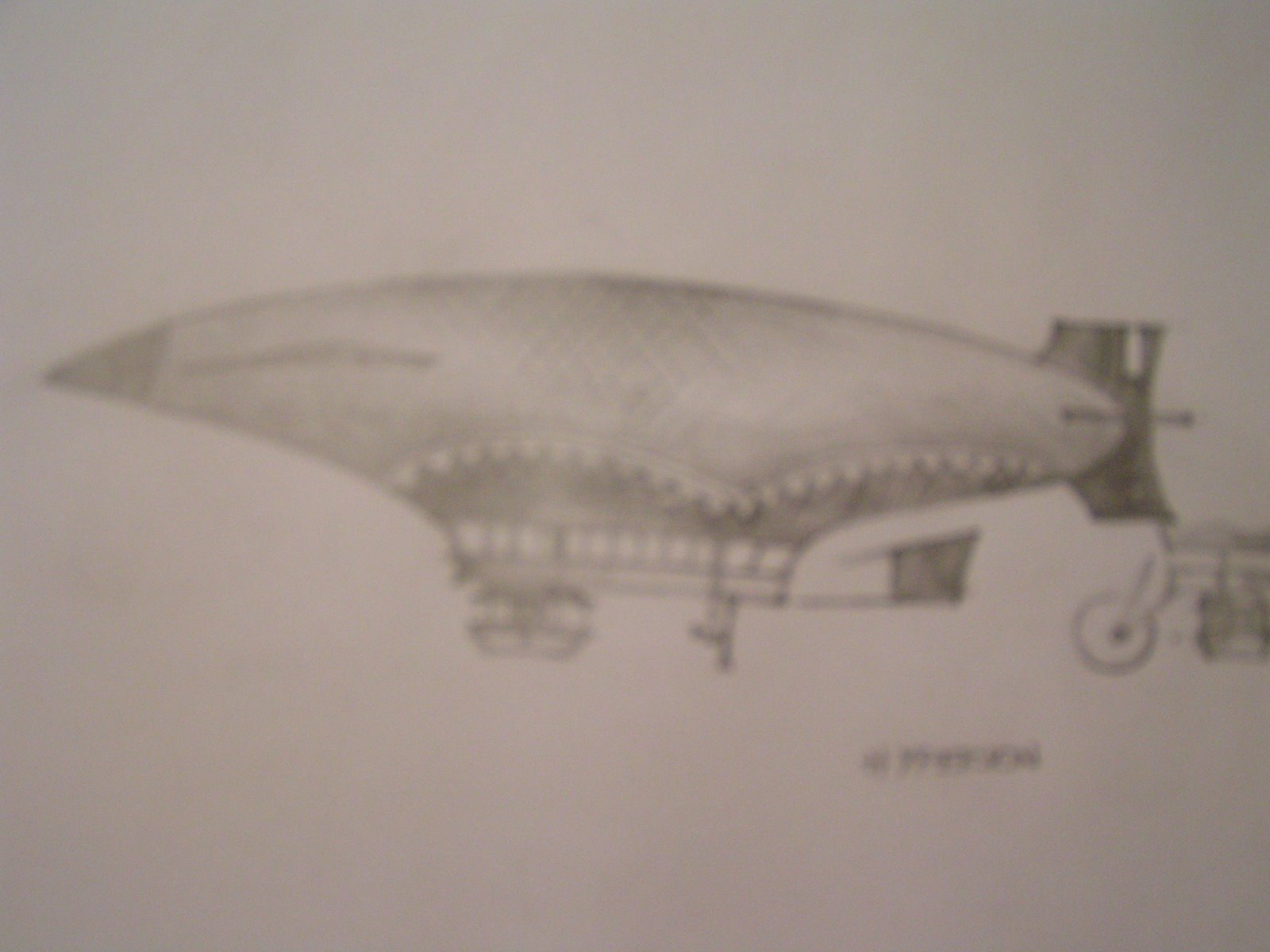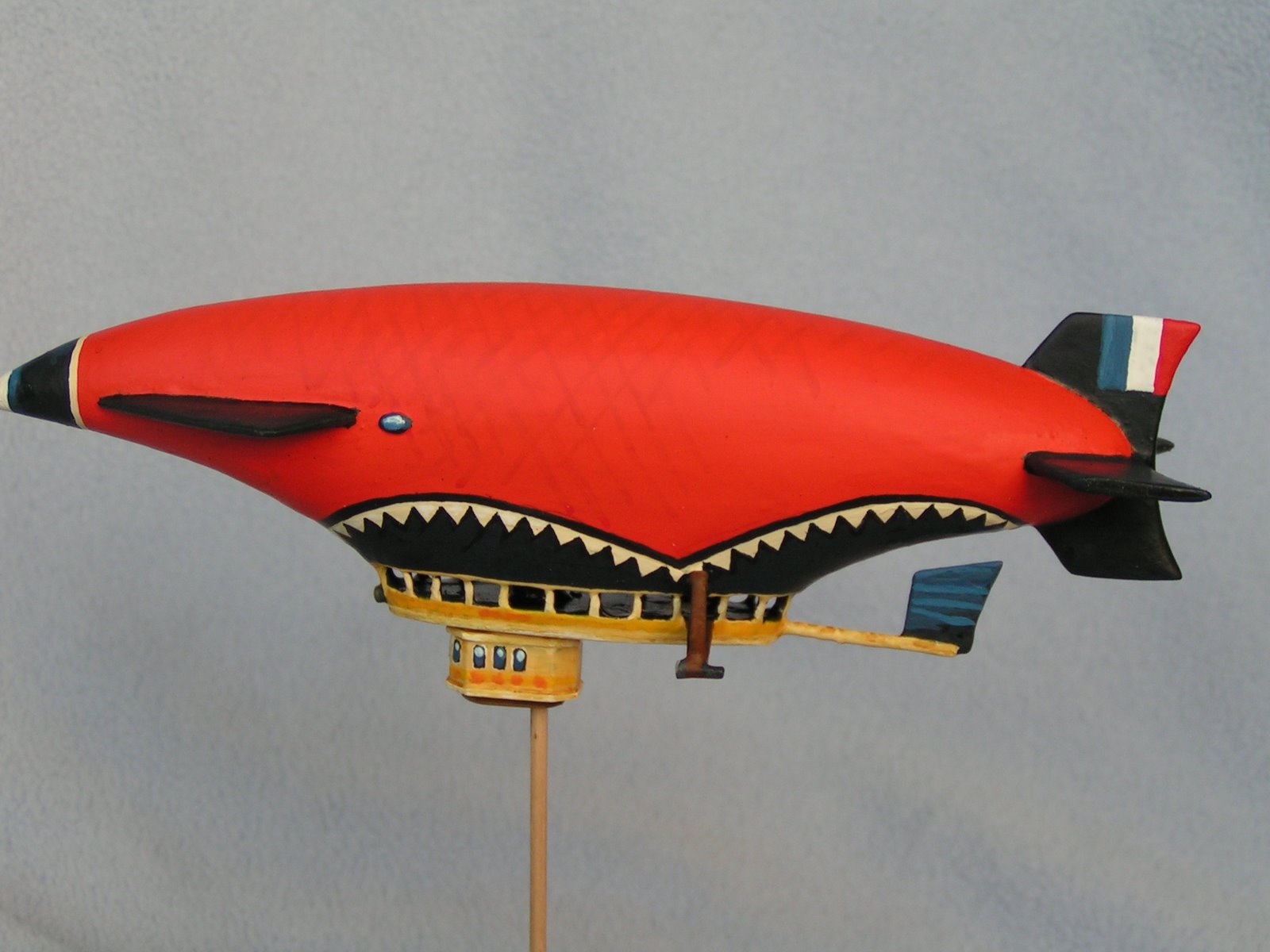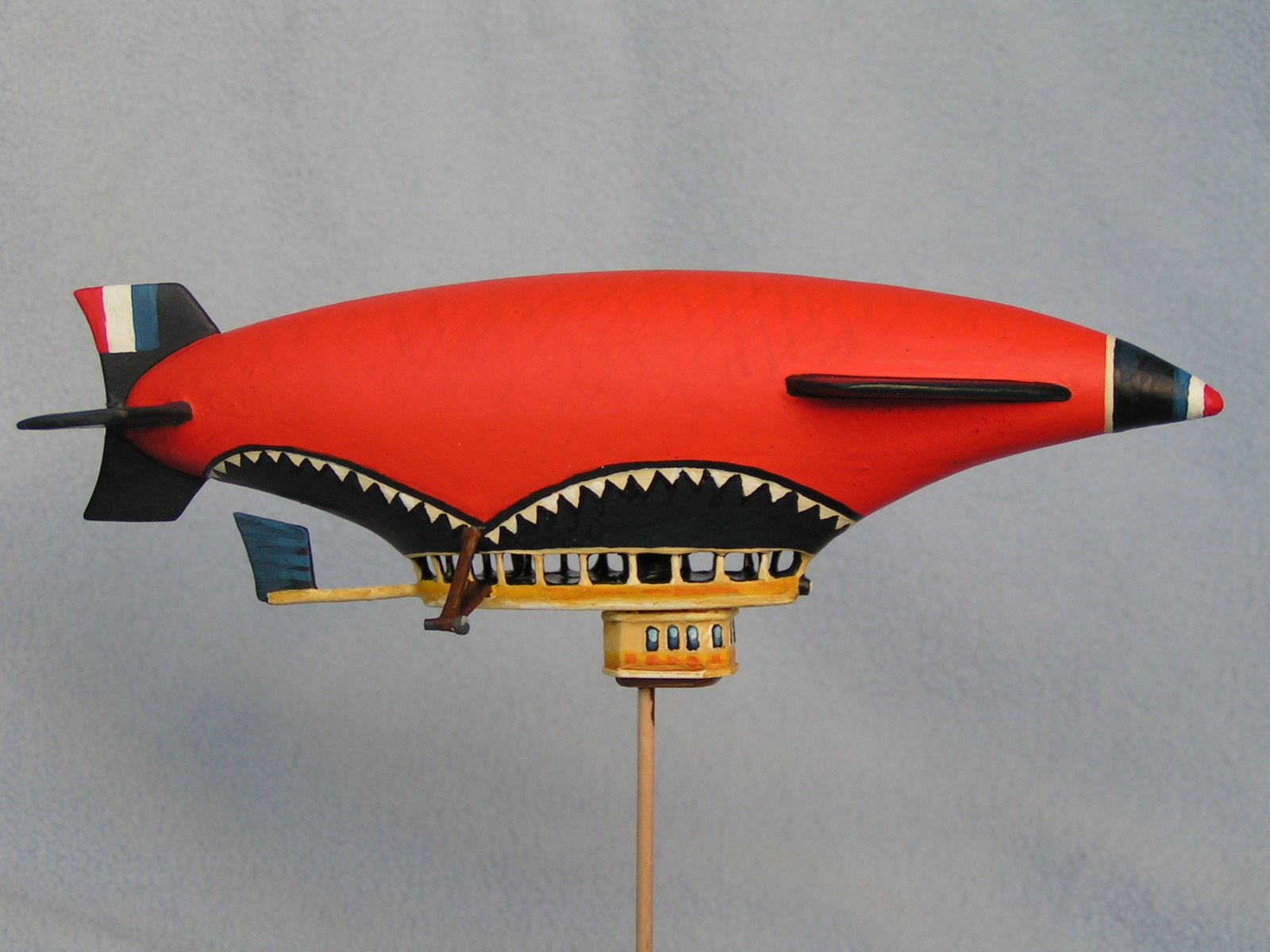The name Dampfpanzerwagon was made up some time ago to describe a set of Dwarf steam tanks that I had built and was building for the game Flintloque (Fantasy Napoleonics from Alternative Armies), see; http://www.alternative-armies.com/index.html.
I have been using the name for over three years and am now know as 'Dampf or Dampfpanzerwagon' on most of the Yahoo and modelling sites I belong to.
What follows is a set of articles about each of the seven steam tanks I have built.
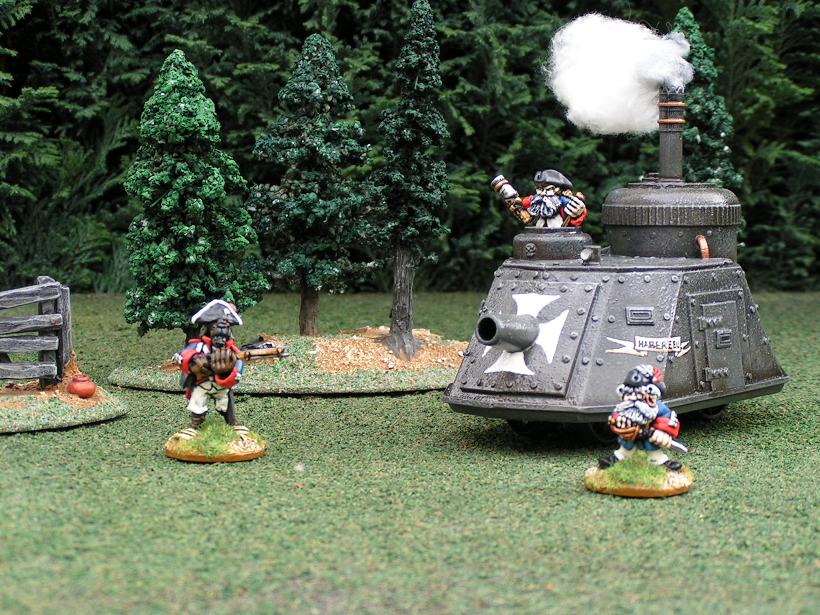
Dwarves in Tanks!
Or the development of the DampfPanzerWagon in Flintloque.
The Dwarves of the Confederation and League had long been able to harness the power of steam. They had been using steam pumping engines to clear water from their mines and steam ’mashing tuns’ in the production of beer. In the early ‘Lager Wars’ a simple steam wagon was built to deliver beer kegs in the disputed territory. The most famous example was the great steam barrel wagon that was lost while trying to deliver XXXX to the mountain stronghold of Piss Pass. Rumours still abound about the fate of this huge beer delivery vehicle, with some saying that the Ogres of the region have been a great deal less hostile since the loss of the ale!!!!
The invention (or development) of the DampfPanzerWagon is attributed to the great dwarf engineer Dr. Engleberger Von Humperdinkeller and it was his design, designated DampfPanzerWagon I or DPW I that was the catalyst for the whole range of steam powered, armoured wagons we see and hear on our battle fields today.
DampfPanzerWagon Ib (Turtle)
Built from ½ inch thick iron plates riveted to a steam powered chassis, the DPW I was hailed as a great breakthrough in ’black powder warfare’. The designer, builder and operator, Dr. Von Humperdinkeller was an engineer of the very highest standards and built the Turtle to the same exacting specifications, with a 12 hp steam engine, on board coal and water reserves, a steam powered cannon (a first) and precision optics.
The original design was for a two man(dwarf) crew and four wheel drive, but this was quickly increased to three; a stoker/steam engineer, an artillery officer/gunner and a commander/driver. The four wheel drive system proved to be too complicated and the DPW I was converted to two wheel drive and re-designated DPW Ib after it was attacked while broken down at the end of the Battle of Slutzes. It was at this battle that the crew and inventor (and father) of steam tank technology, Dr. Von Humperdinkeller were slaughtered by Ostarian Draggoons.
DPW Ib is painted black and carries the inscription “MACHANE HABERE EU” and red shield ‘house design’ of the Humperdinkeller’s. However the original colour scheme was white over blue with a wavy line and blue bird motif.
Special Rules
1 Due to being ‘over-engineered’ – ignore the first misfire or breakdown
2 Superior optics means +1 for amied fire
3 The design is flawed in one area, the enclosed design leads to over-heating and troops suffer a –1 after 6 moves to moral and –2 after 10 moves
4 Allied troops within 12 inches +1 to moral
Commander is armed with a blunderbuss pistol (loaded)
Construction
A cardstock structure was covered with 30thou plastic card. The boiler is a pencil sharpener with a steam chimney from a Wild, Wild West toy. Armour plating is 40thou plastic card with sliced rivets from plastic rod. The cannon is a bollard from the ornamental gate kit from Italieri. The turret are from a toy car kit topped with a hatch from Games workshop. The wheels are also from Games Workshop. The commander is from the Barron Von Rotte boxed set.
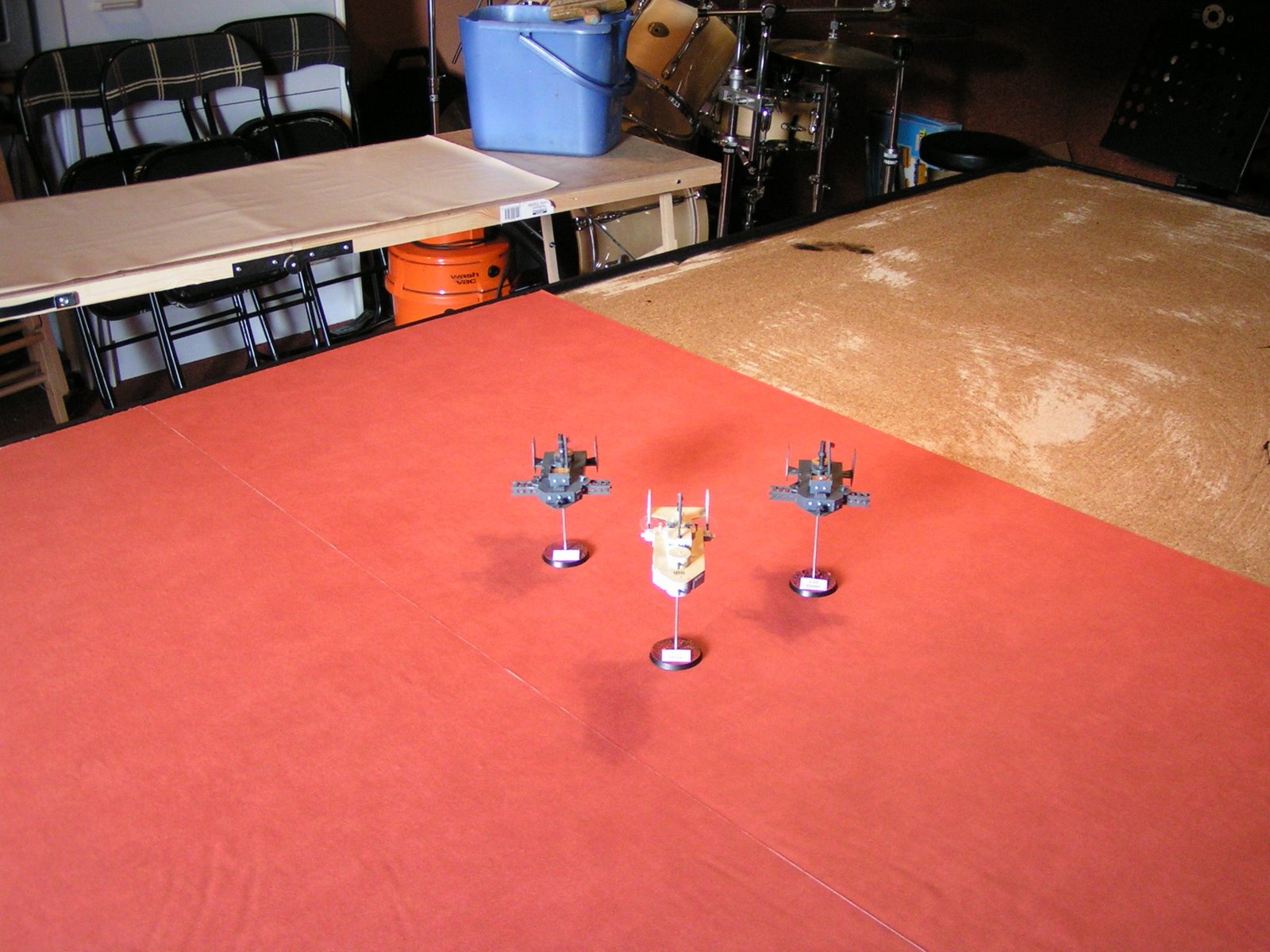 The first couple of sheets of wallpaper attached
The first couple of sheets of wallpaper attached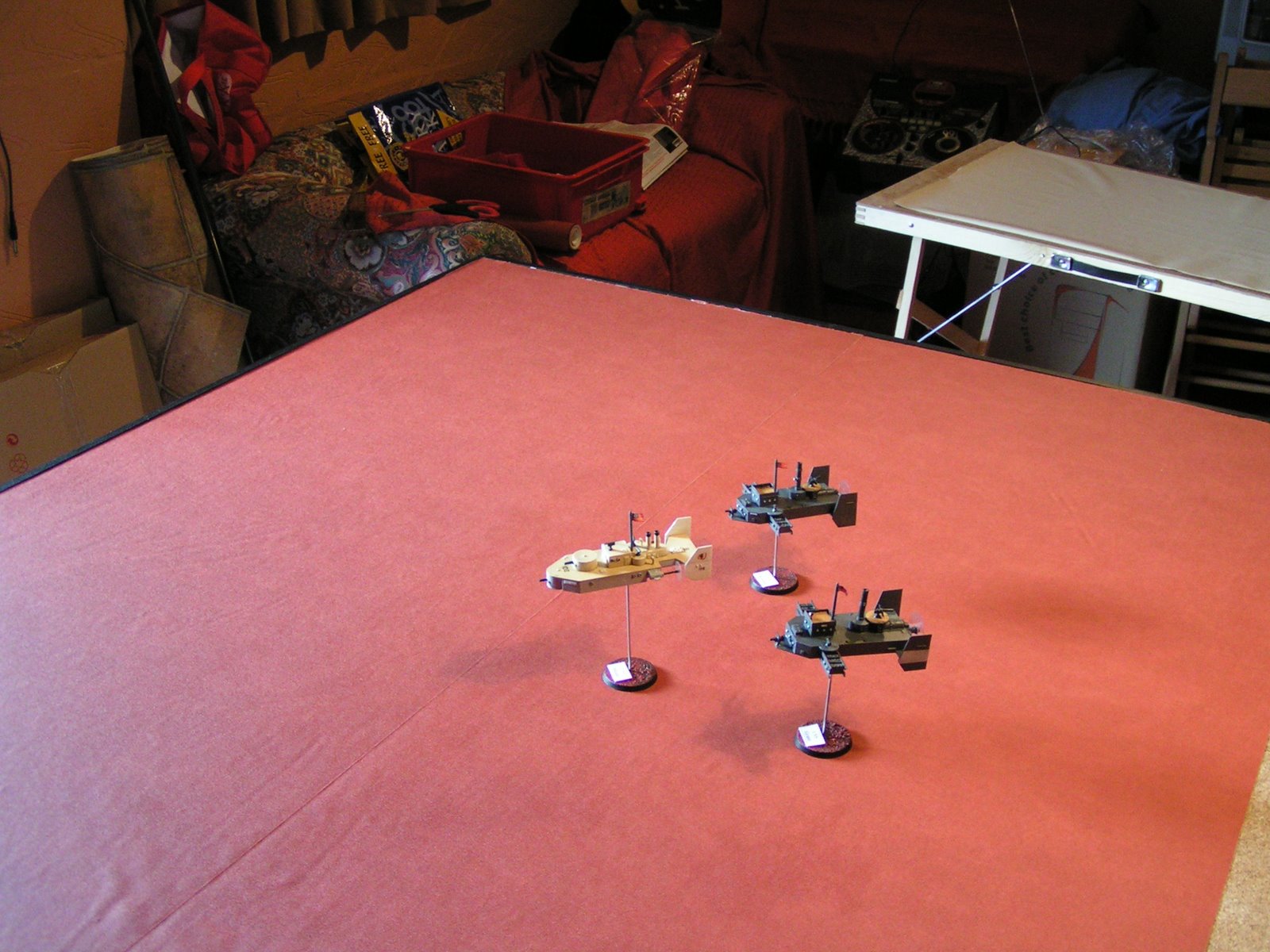 Once the whole top was covered I started to paint on some terrain detail, cliffs, shrub etc.
Once the whole top was covered I started to paint on some terrain detail, cliffs, shrub etc.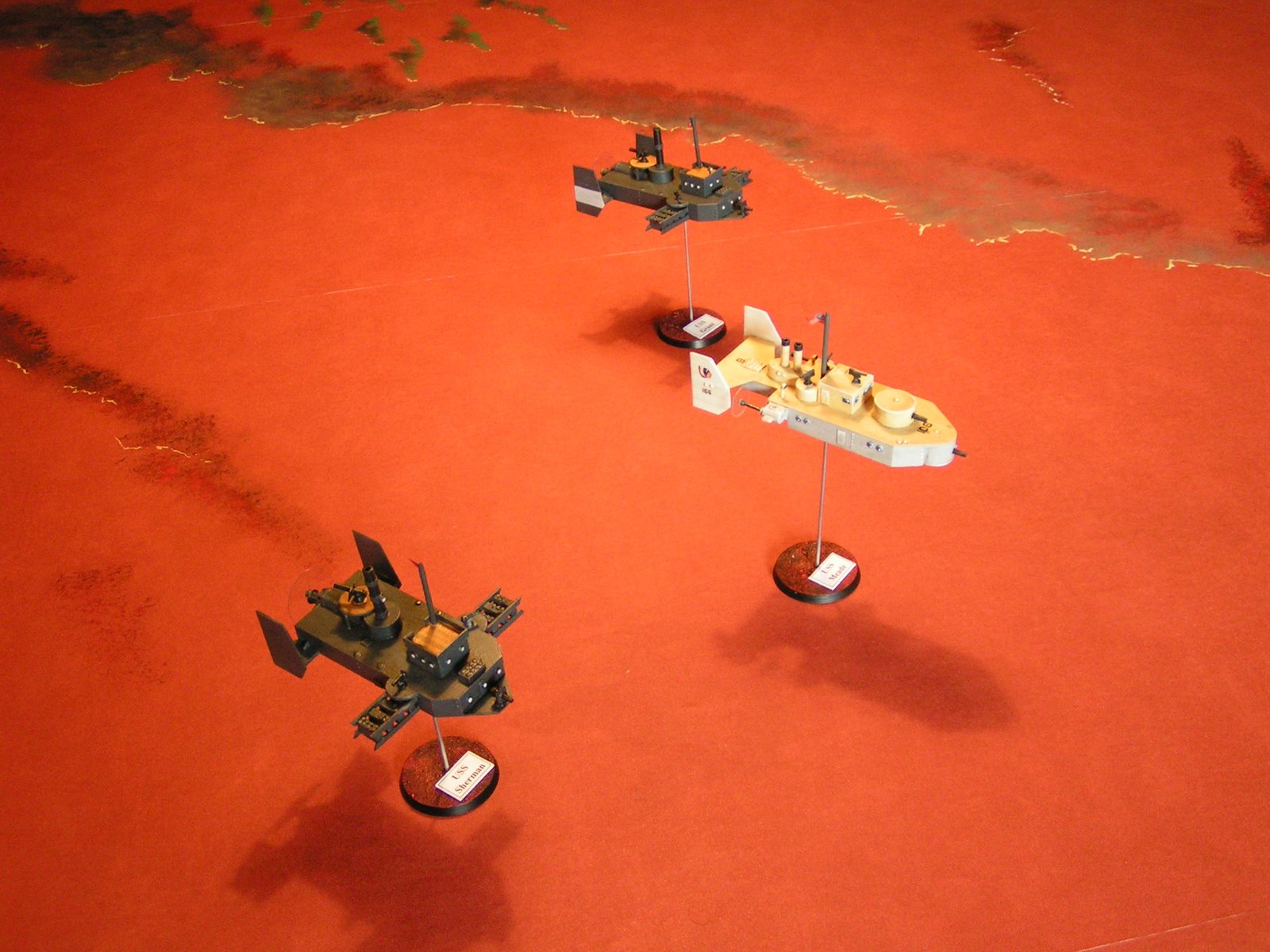 The first painted detail - painted with acrylic paints a wide brush and a sponge.
The first painted detail - painted with acrylic paints a wide brush and a sponge.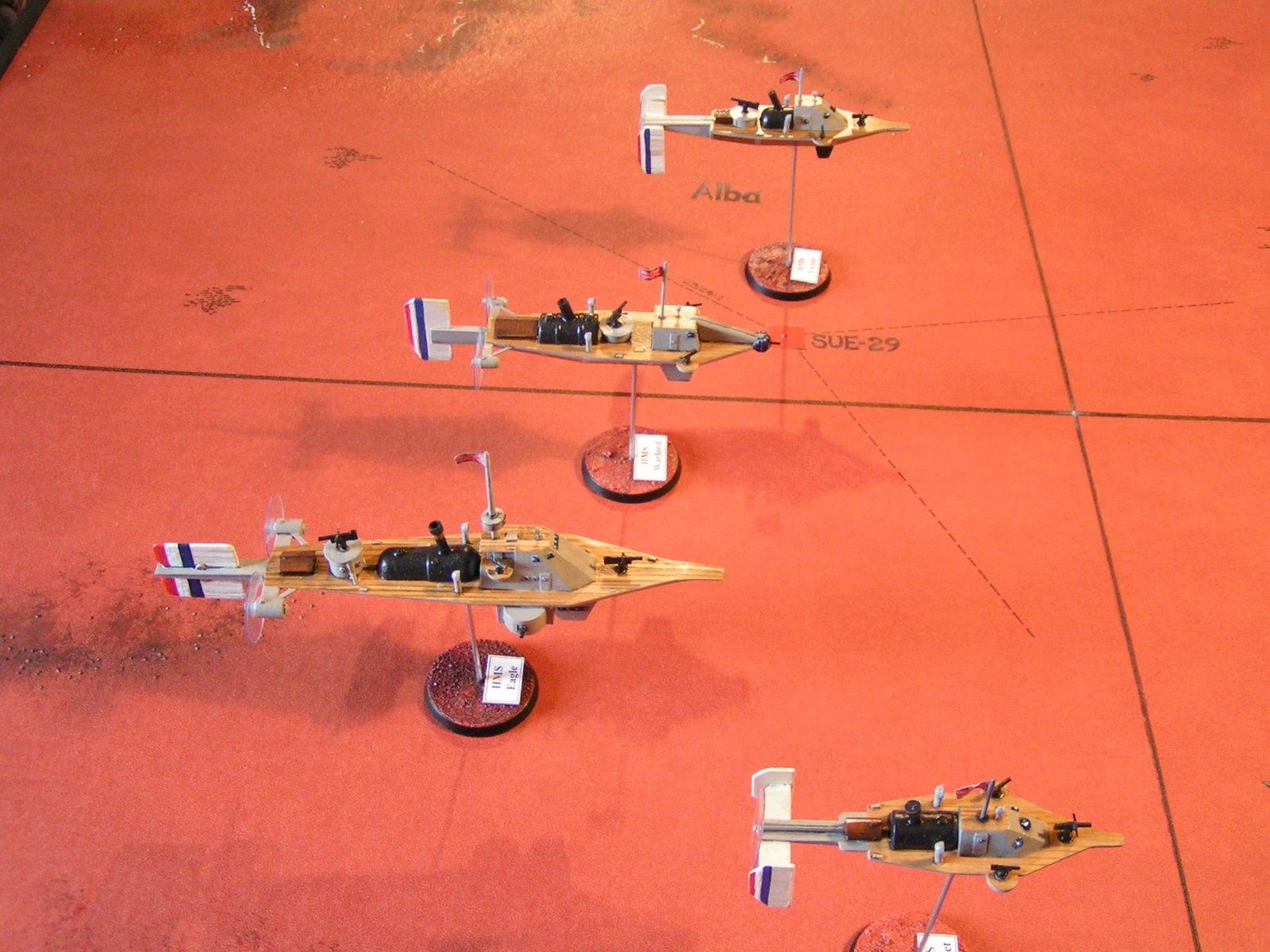 Once the terrain painting had progressed I drew grid lines (for two reasons - to hide the joints in the wallpaper and to make the table resemble a map).
Once the terrain painting had progressed I drew grid lines (for two reasons - to hide the joints in the wallpaper and to make the table resemble a map).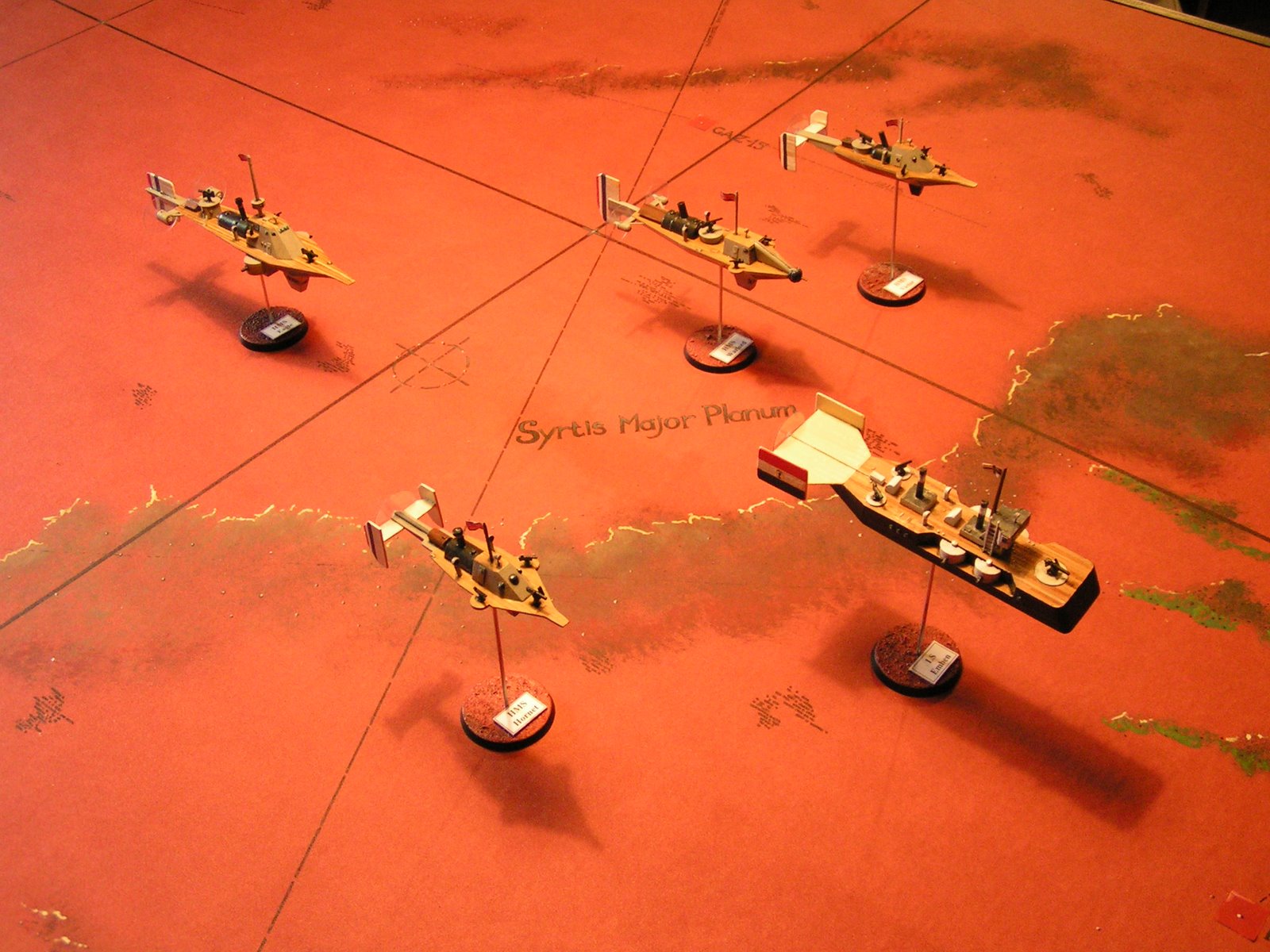 Even more added lines and detailing, a sort of cross between a map and a painted backdrop.
Even more added lines and detailing, a sort of cross between a map and a painted backdrop.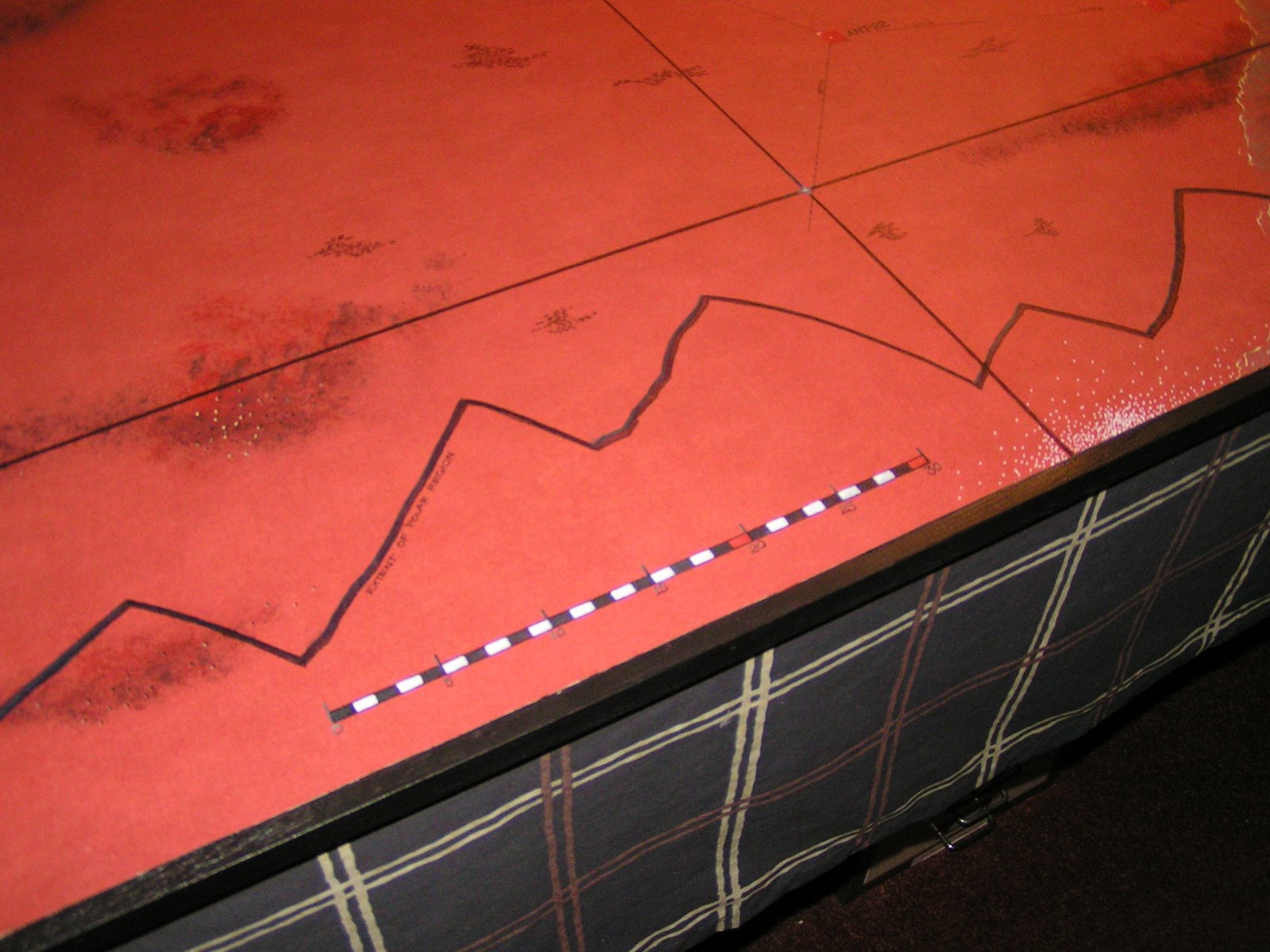 Then a scale refence - 20cms and 30cms. The wavy line is 'The extent of the polar region' something I saw on a Barsoom map.
Then a scale refence - 20cms and 30cms. The wavy line is 'The extent of the polar region' something I saw on a Barsoom map. Next was a compass - again taken from a Barsoom map.
Next was a compass - again taken from a Barsoom map. The table top almost finished and seen from the West.
The table top almost finished and seen from the West. I even added this Space 1889 logo - however I have now removed it as the illustration was damaged during play.
I even added this Space 1889 logo - however I have now removed it as the illustration was damaged during play.